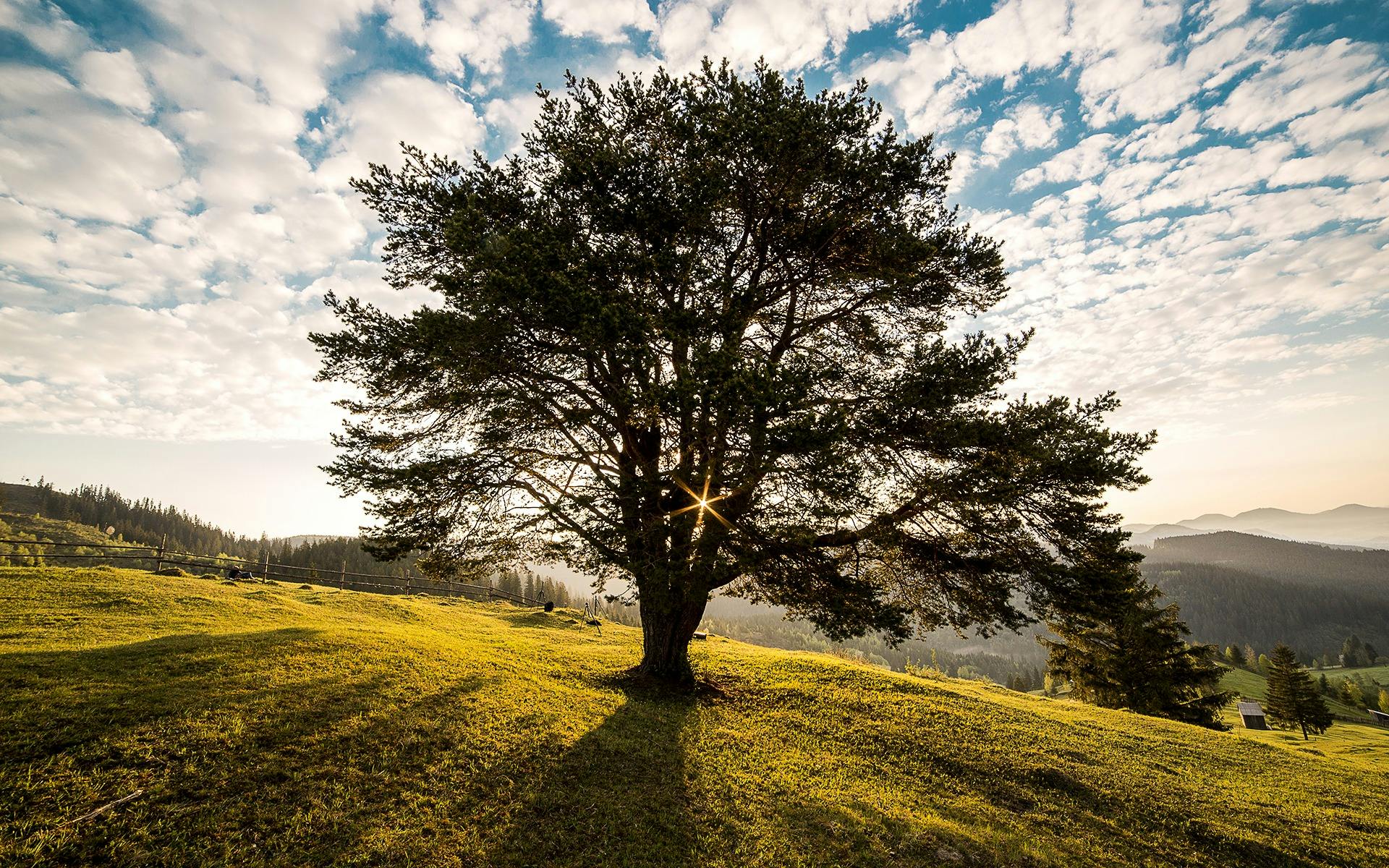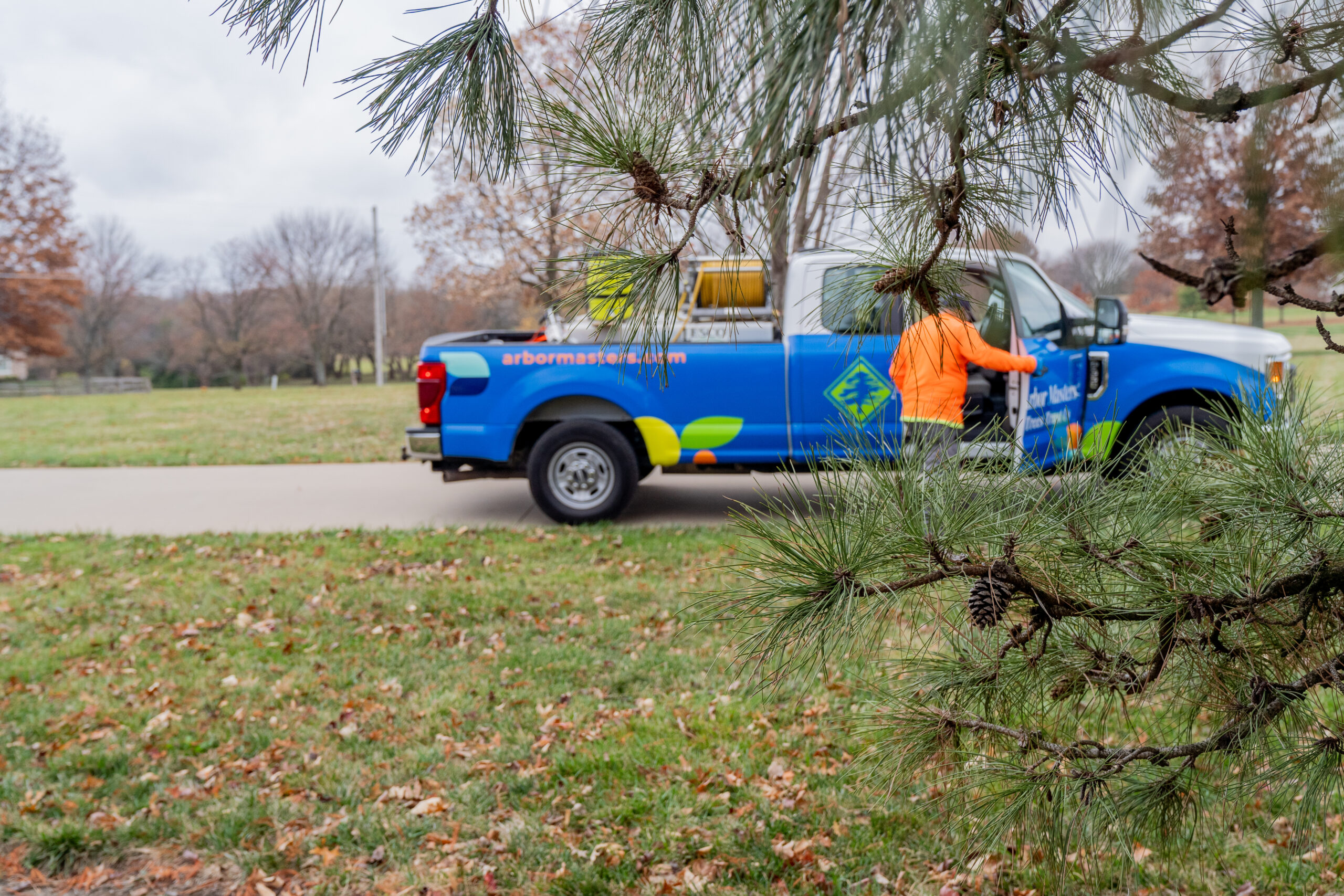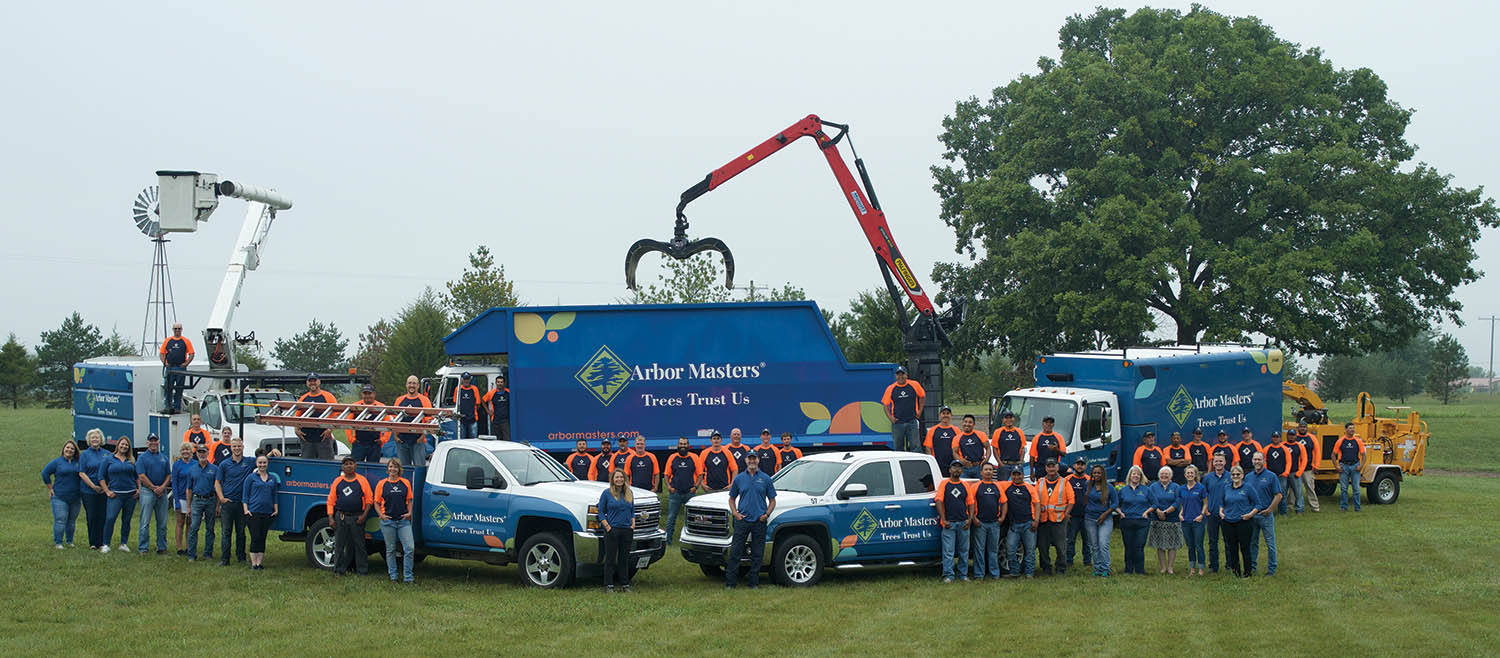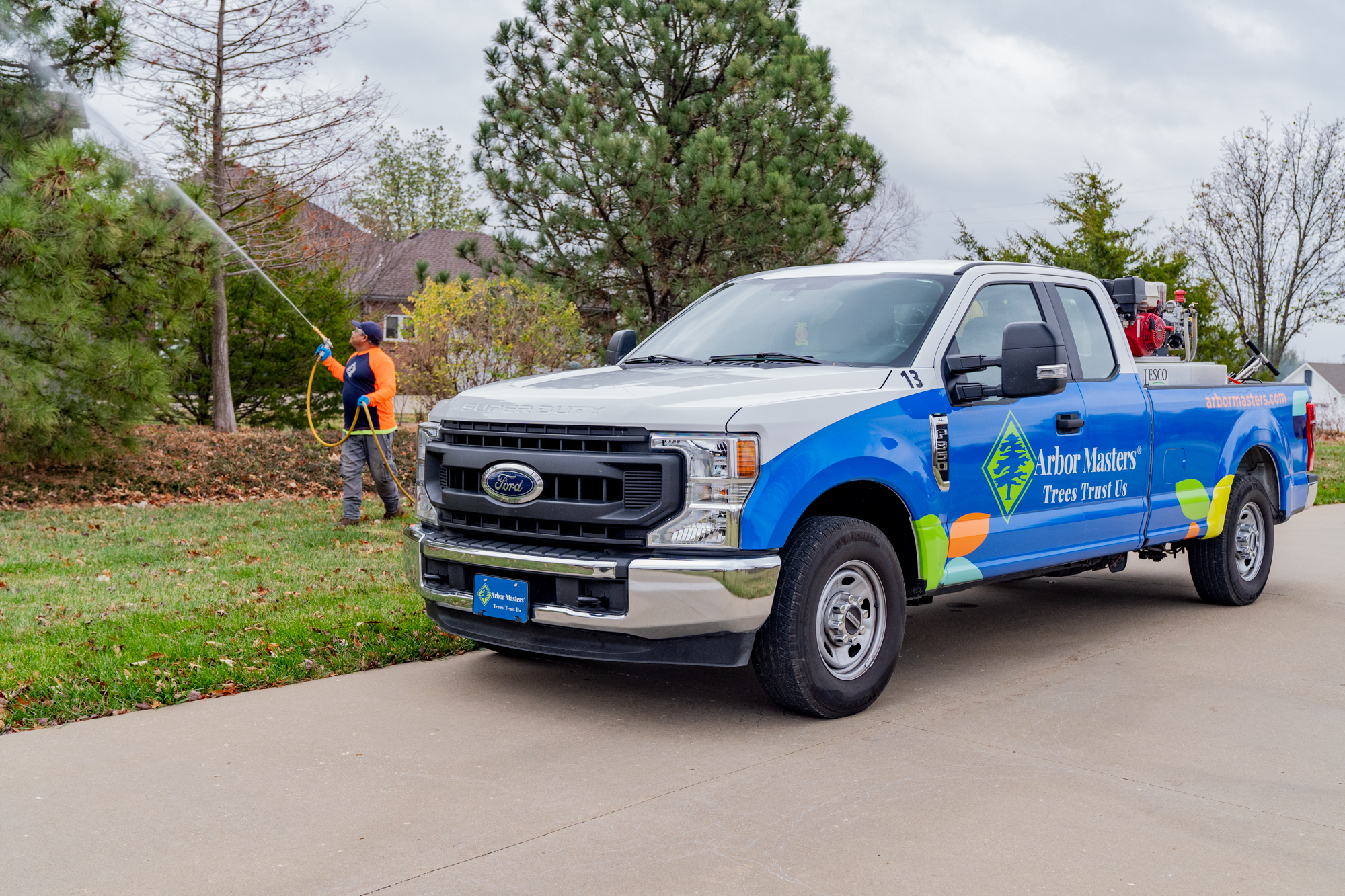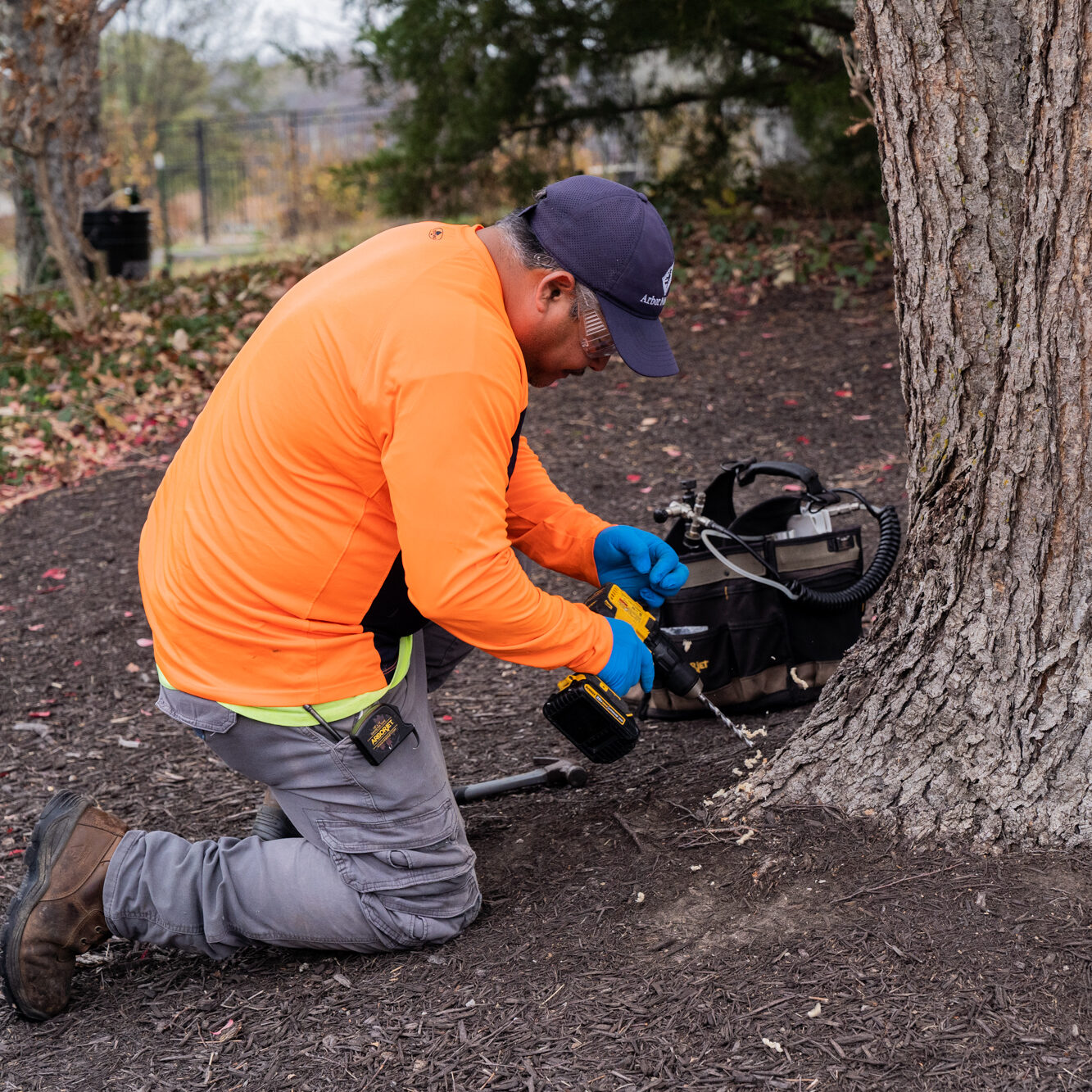Trees 101: Christmas Tree Recycling- How to Best Repurpose Your Tree

Millions of Christmas trees are sold in the United States every year. That also means that millions of Christmas trees are destined for the trash– but not necessarily. It breaks our hearts here at Arbor Masters to see trees cut down and then pushed to the curb. If you must cut down a beautiful blue spruce or other holiday evergreen, we want to make sure that we think of ways to best repurpose your tree. We’ve put together a few eco-friendly ways to recycle your tree.
But, before we dive into our top options, we want to remind you to spend as much time thinking about your outdoor trees as your indoor holiday tree. At Arbor Masters, we specialize in taking care of the trees outside your house. Contact us today to learn more about what Arbor Masters can do to help keep your trees healthy and beautiful.
Mulch or Compost It
This is a very common way to dispose of your Christmas tree. Mulch is a great way to keep yard trees and plants moist and healthy during the cold winter seasons. If you have space in your garden or backyard, consider grounding up your tree and adding it to your compost heap. This can be great fertilizer for other plants and helps keep all those needles away from landfills.
What are the benefits of mulch or compost?
Mulching or composting helps keep the environment clean and healthy. Not only does it reduce waste, but it also returns valuable nutrients back into the soil. It also helps to break down organic material in a more efficient manner than disposal. You can feel good knowing that your Christmas tree will help improve the earth instead of filling up landfills!
Donate Your Tree
If you don’t have any mulching or composting needs, consider donating your tree to someone who may need it. The best way to do this is by contacting local charities or nature centers. They will take care of properly disposing of your Christmas tree in an eco-friendly manner while helping out those in need.
A Home for the Fish
After a few weeks by a warm fire in the living room, why not give your tree a chance at a cold dip in a local lake or pond. Your tree will soon be a hot spot for fish once it is submerged. The tree will eventually start growing algae and become a buffet for fish and keep them safe from predators. Fish need places to hide from predators and Christmas trees offer that. They also provide a great food source for fish, as the algae will begin to grow on the branches. Christmas trees are essential to healthy underwater ecosystems as they can create habitats for small creatures like shrimp and crayfish. In addition, when Christmas trees sink to the bottom, they create a solid base that encourages more growth and plant life in the lake or pond. Check with local officials and see if you can drop your tree in a nearby lake or pond. The fish will thank you for it.
Firewood
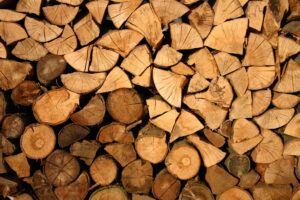
If you have access to a pile of wood or even an outdoor wood-burning stove, your tree can be recycled into firewood. It may not burn as well as other types of wood, but it is still an option for Christmas tree disposal.
If the trunk of your Christmas tree isn’t especially large, break down the tree into smaller pieces that can be used as kindling wood in fireplaces, wood stoves and even wood burning ovens! This is a great way to repurpose your old Christmas tree.
Goats
Last but not least, believe it or not, goats love munching on evergreens. During the winter, goats lose access to forgeable foods and have nothing to eat but their hay and grain. The pine needles from a Christmas tree contain a wealth of nutrients, antioxidants, and vitamin C, while the sap can act as a natural dewormer. You can search for local farms who accept trees and a tasty snack. Just be sure to take all your decorations off!
Something to consider for next year:
A Christmas tree with the root ball still attached.
Instead of having a tree for a few short weeks and then disposing of it, imagine being able to plant your tree once the holidays pass and give it a full life to grow. Living trees are usually purchased as containerized trees grown in pots or as “balled and burlapped” trees. These have large field-dug root balls bundled in burlap or other fabric.
You can purchase a bucket or tub to hold the root ball. A bucket or tub that fits the root ball tightly will hold the tree upright and hold water to keep the root ball moist.
Whether you choose to mulch, compost it, turn it into firewood or even feed it to some goats, be sure to research your local recycling options and dispose of your Christmas tree in a way that benefits the environment. After all, we are stewards of the Earth and together can make a difference. We hope these tips have helped you find eco-friendly Christmas tree disposal solutions!
We at Arbor Masters appreciate you considering eco-friendly ways to recycle your Christmas tree, and when you are ready to start taking care of those trees of yours already in the ground this Spring, make sure to call your local certified arborists at Arbor Masters.



